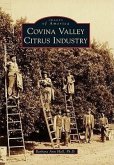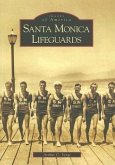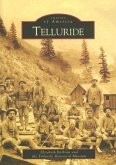Covina began as a coffee plantation carved out of Rancho La Puente, which John Rowland had purchased from California's Mexican government. Rowland later shared the land with his friend and partner William Workman, and after Rowland's death, his widow, Charlotte, sold 5,500 acres to Julian and Antonio Badillo, on which they attempted unsuccessfully to grow coffee. Joseph Swift Phillips purchased 2,000 acres of the Badillo land, subdivided the tract, and laid out Covina's town site. Covina came to grow, process, and ship eight percent of California's citrus, transforming into a farming community that was neither rural nor urban. Residents established cultural, social, and civic organizations, founded a scientific study group and a literary society, and even built an opera house.
Hinweis: Dieser Artikel kann nur an eine deutsche Lieferadresse ausgeliefert werden.
Hinweis: Dieser Artikel kann nur an eine deutsche Lieferadresse ausgeliefert werden.








